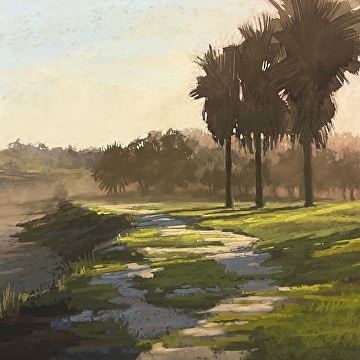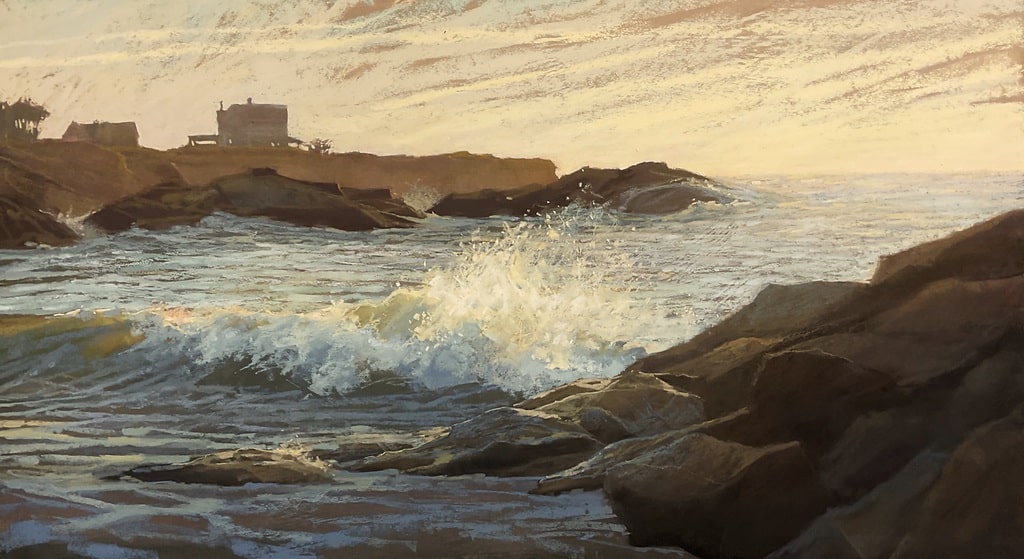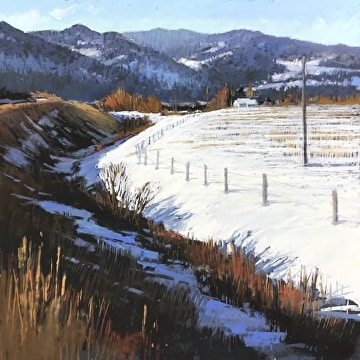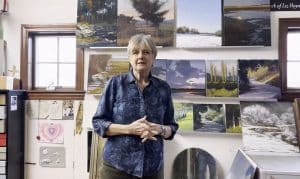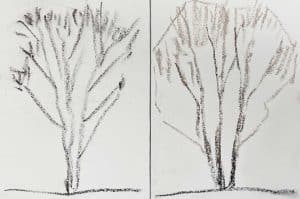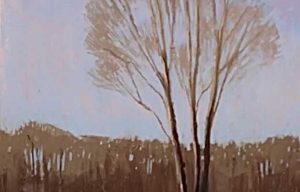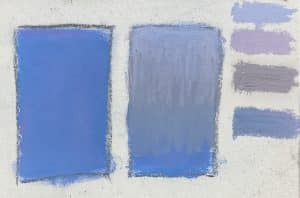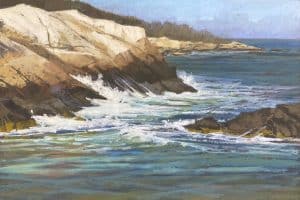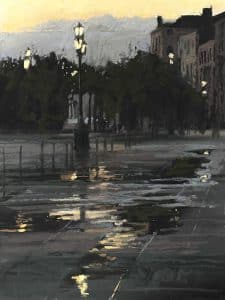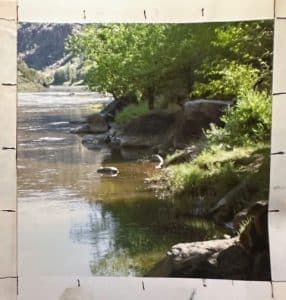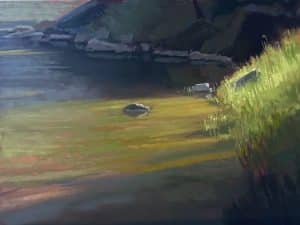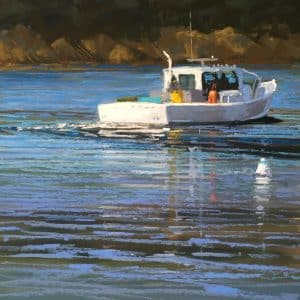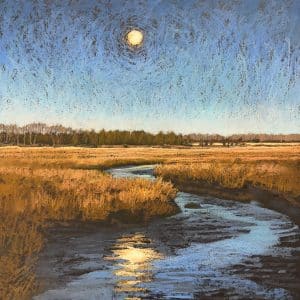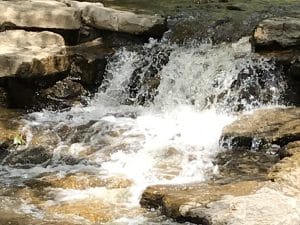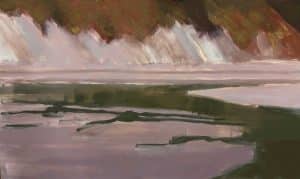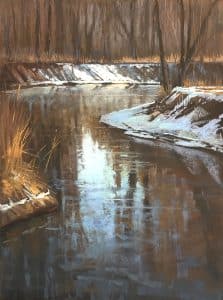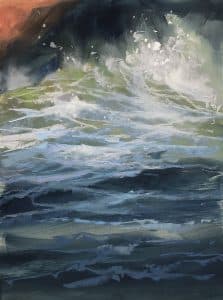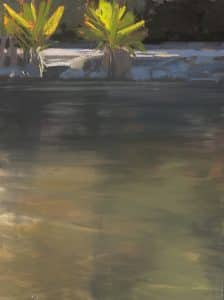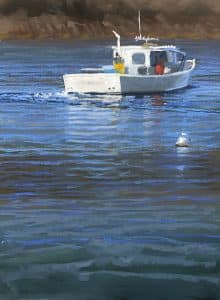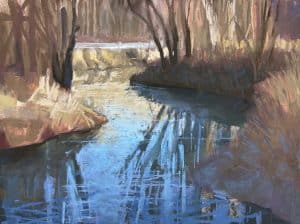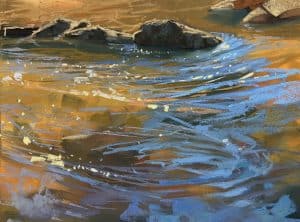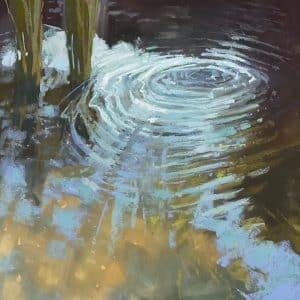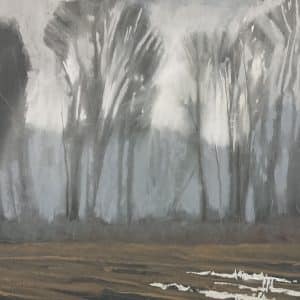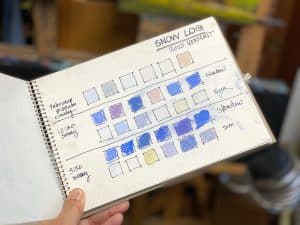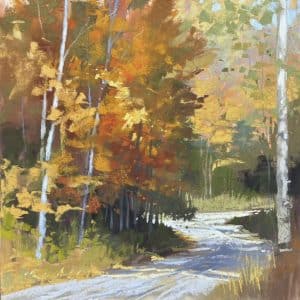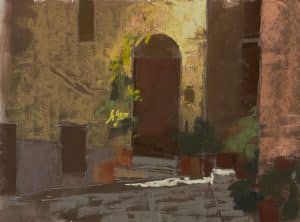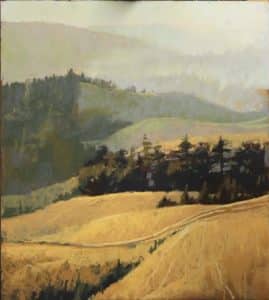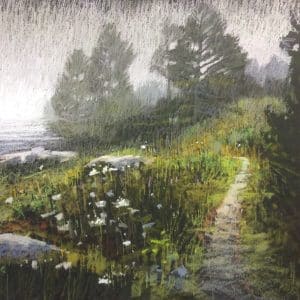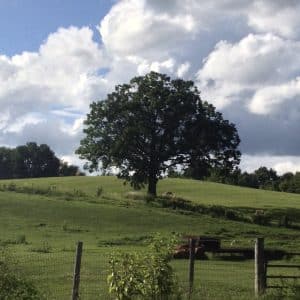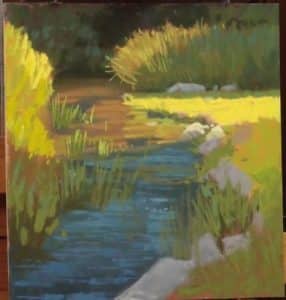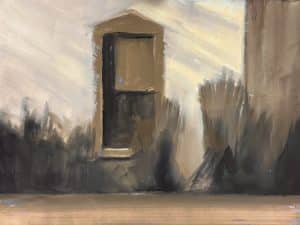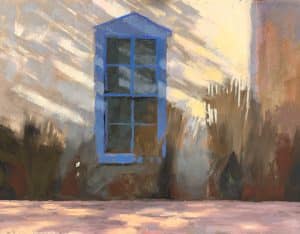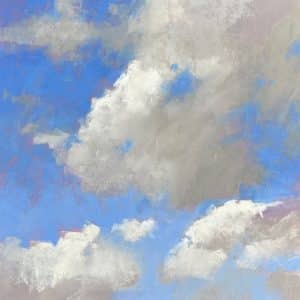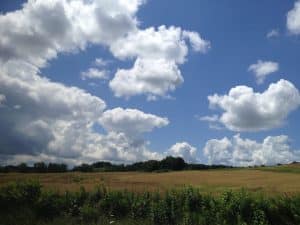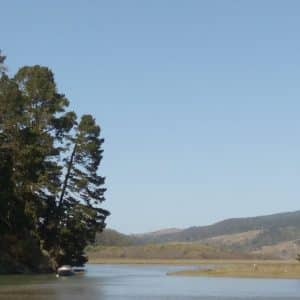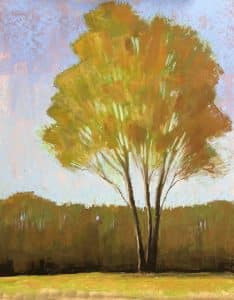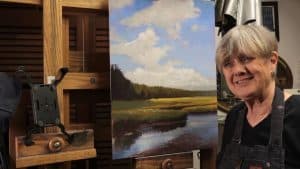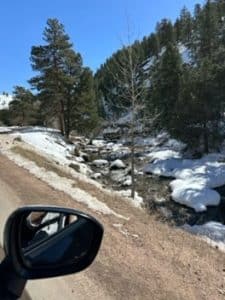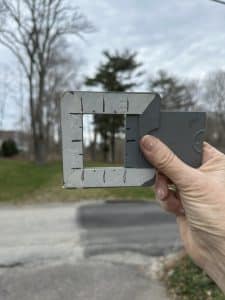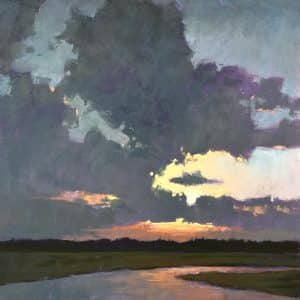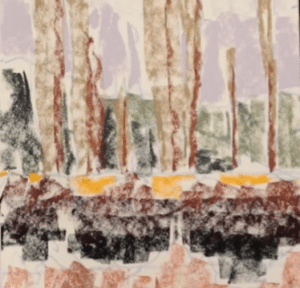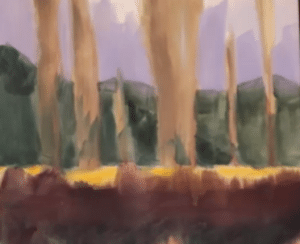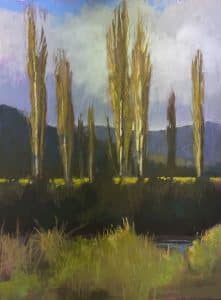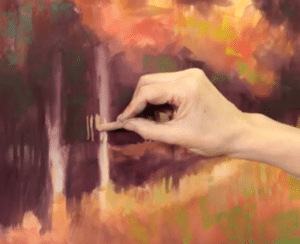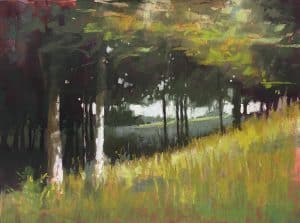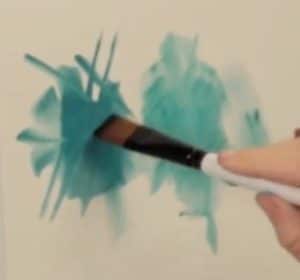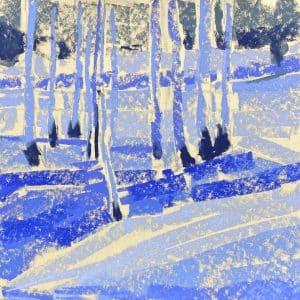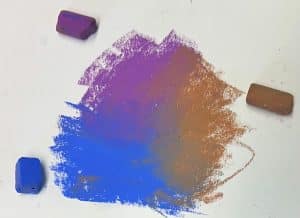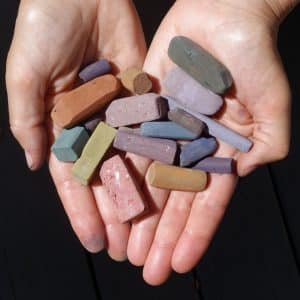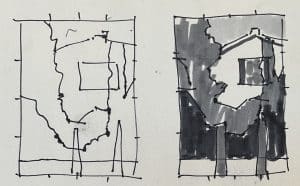NOTE: Select videos from the tabs at the bottom of the page
Liz Haywood-Sullivan
The Fine Art of Pastel
This has led me to teaching. Until you try teaching you don’t know if you will like it, or even be good at it. As my career progresses, teaching has become more and more an important part of who I am as an artist. Interacting and sharing with students has informed my work and made me a better artist. The past ten years I have devoted to being president of two art non-profits, first the International Association of Pastel Societies, and currently, the North River Arts Society. After this interlude in the non-profit sector, and after teaching around the world, I believe now is the right time to bring my instruction online to you.
My instructional videos will closely follow my own interests in the pastel medium, which includes living the life of an artist. I can’t separate the two. In addition to lessons in how to use this stunning medium I will also be discussing traveling with pastels, how they are made, framing and presentation, inventory, and so much more. I am open to your suggestions.

If we haven’t yet covered a topic you’d like to see let us know and we’ll add it to the list Thanks! Send us an email
Select a Tab to See Liz’s Videos
- Free Videos
- All Videos Uncategorized
- SPECIAL EVENTS
- Pay-Per-View
- Archived Demos
- Silver: Permanent Videos
- Silver: New Videos
- Gold: How to Start a Painting
- Gold: New Videos
- Gold: Pastel Materials
- Gold: Underpainting
- Gold: Landscape Series
- Gold: Sky Series
- Gold: Water Series
- Gold: Seasons Series
- Gold: Weather Series
- Gold: Technique Toolbox
- Gold: Business of Art
Select a Tab to See Liz's Videos
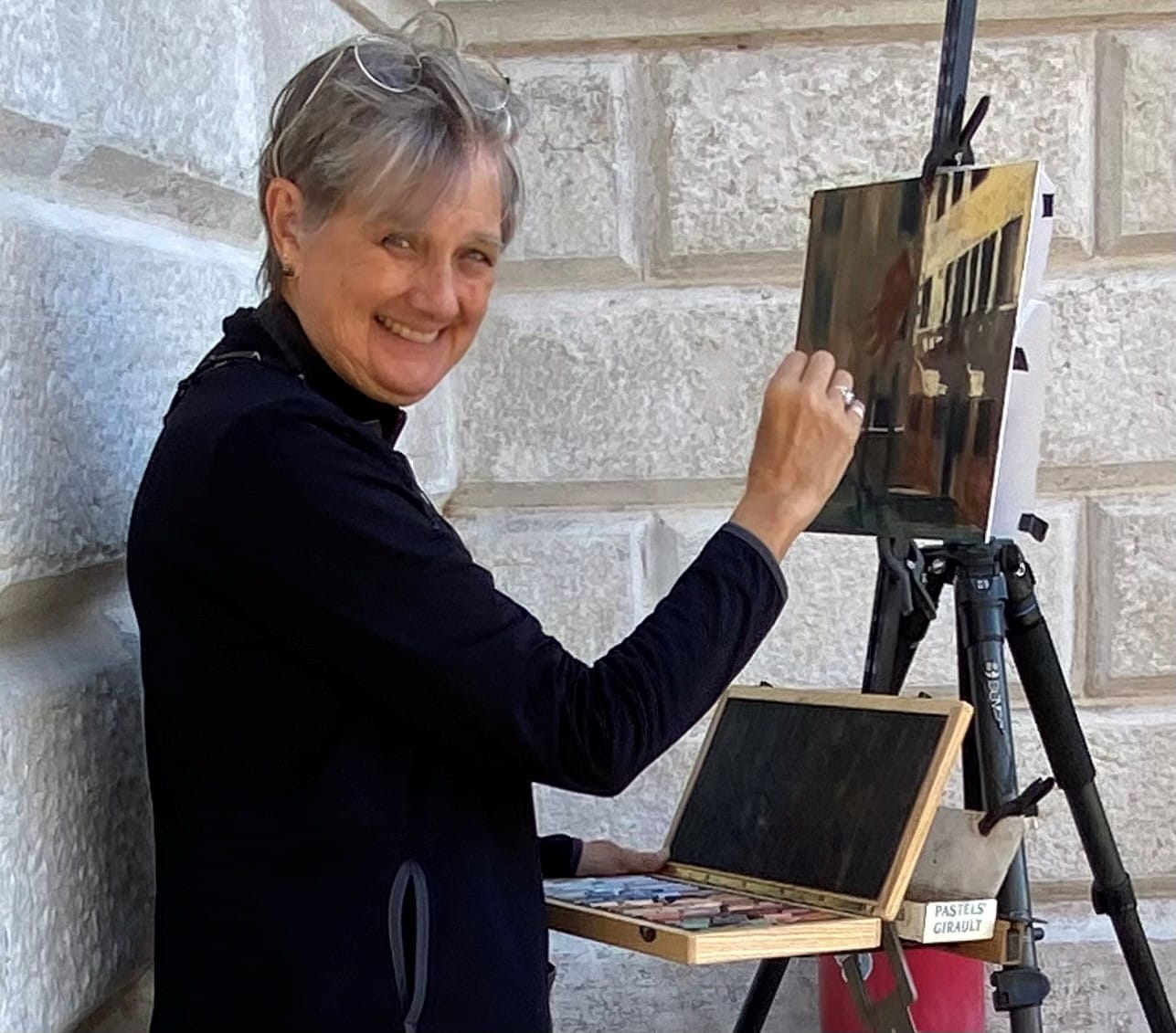
Check out Liz's Special Events
CLICK FOR DEMO REFERENCE IMAGES
SILVER SUBSCRIPTION VIDEOS
Unlimited access to Liz’s New Videos for three months, plus these Permanent Core Videos
PERMANENT CORE:
How to Start a Painting
These steps will work for any medium.
The principles I discuss in Good Bones are the structure of my teaching. I suggest you watch them first since I will refer back to these techniques and will be using the terminology I introduce in them throughout my future videos.
These techniques have been passed down to artists for ages, from teacher to student.
They ask you to slow down, not rush into a painting, and apply a more deliberate approach. If you take a deep breath and enter into your painting process by using these steps, it will help you achieve more successful compositions, more accurate drawings, and better values. These steps will make the adolescent stage of your paintings (when they inevitably start to fight you back) less painful, and lead to more successful painting outcomes.
NEW Silver Subscription Videos
These are New Videos recently added, and available to Silver subscribers for three months
COMING SOON


